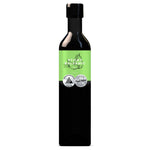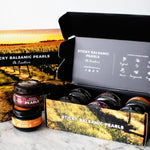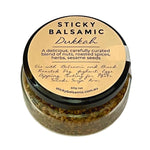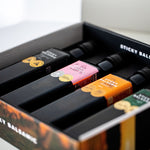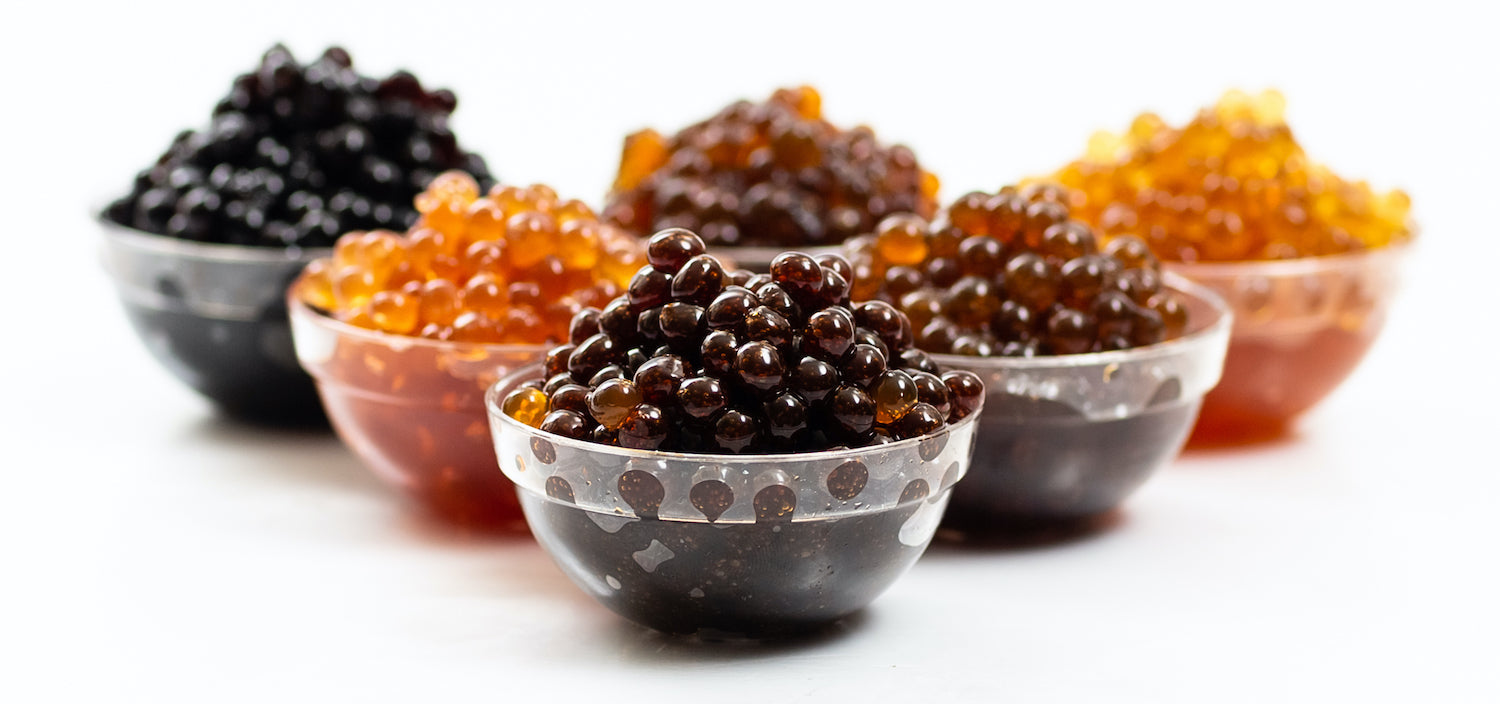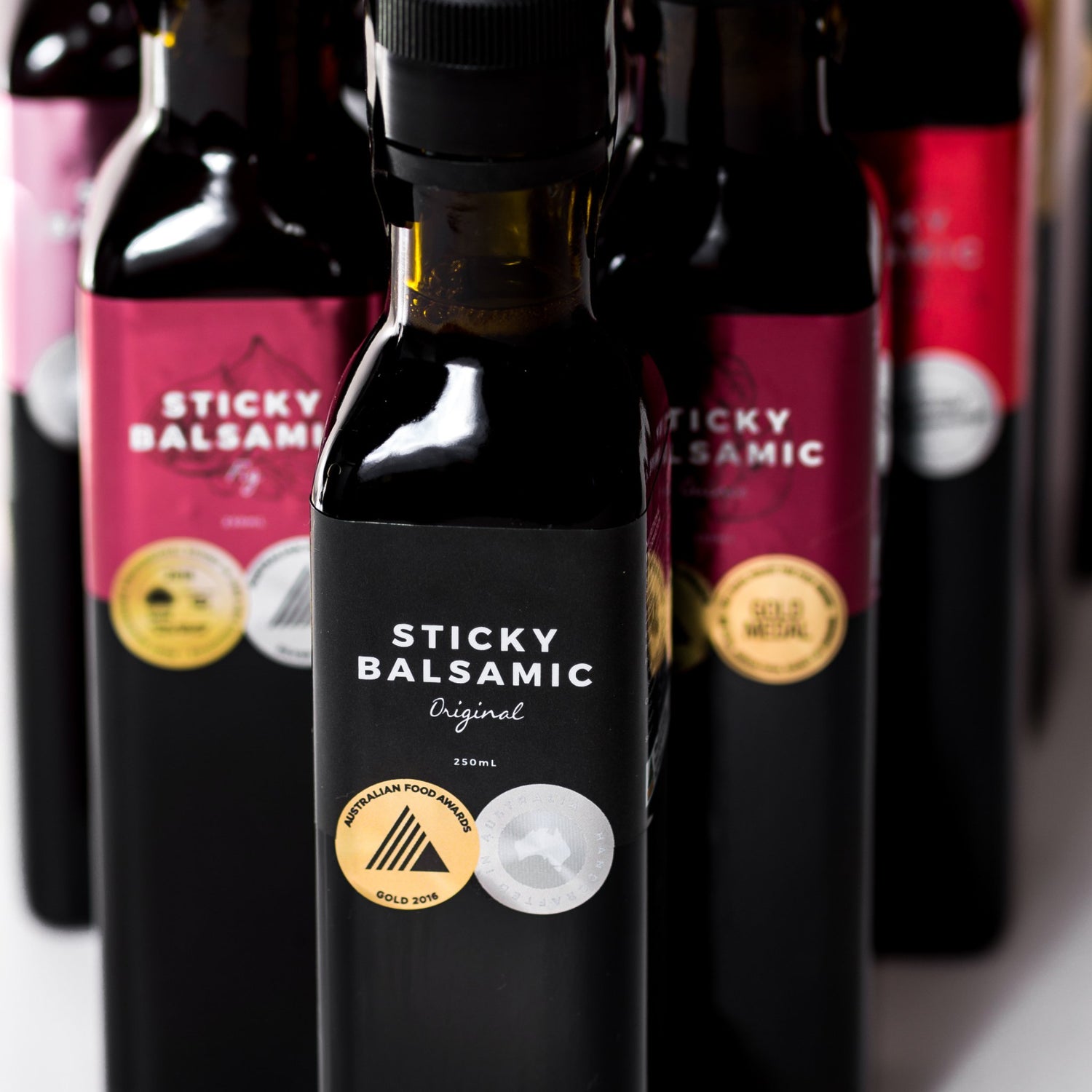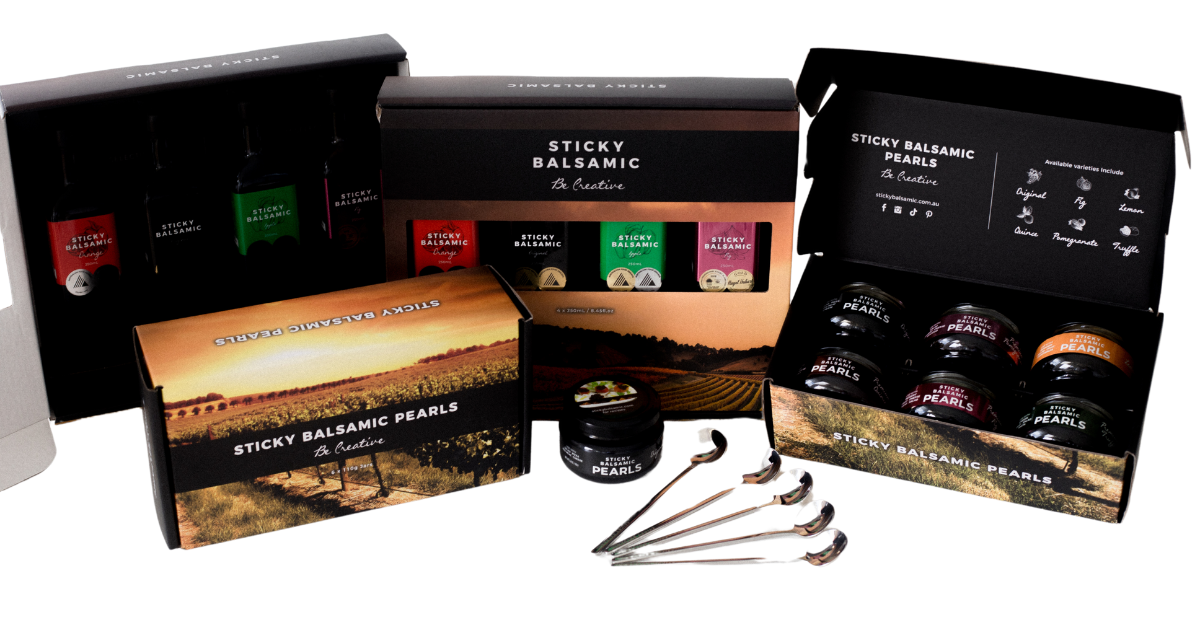Do Balsamic Vinegar Expire? The Surprising Truth About This Kitchen Superstar!
Picture this: You're rummaging through your pantry, and there it is – that fancy bottle of balsamic vinegar you bought for a special dinner party... two years ago. Your heart sinks as you wonder, "Do balsamic vinegar expire?" Well, buckle up, food lovers, because we're about to embark on an exciting journey through the fascinating world of balsamic vinegar longevity that will change how you think about this liquid gold forever!
The Plot Twist That Will Blow Your Mind!
Here's the jaw-dropping truth that will make you do a happy dance in your kitchen: balsamic vinegar doesn't really expire in the traditional sense! Yes, you read that right – this incredible condiment is like the superhero of your pantry, possessing almost magical powers of preservation that would make even the most seasoned food scientist raise an eyebrow in amazement.
The secret lies in balsamic vinegar's naturally acidic composition, boasting low pH levels ¹. This acidic environment creates a fortress against harmful bacteria and pathogens, making it virtually impossible for dangerous microorganisms to set up shop in your precious bottle. It's like having a built-in security system that never sleeps!
The Amazing Science Behind the Magic
The incredible journey of balsamic vinegar begins with grape must (that's freshly crushed grape juice for those keeping score at home). Through a fascinating fermentation process - beneficial bacteria transform this sweet nectar into acetic acid, creating natural compounds that act as powerful preservatives². This isn't just any ordinary preservation method; it's a time-tested technique that has been protecting food for thousands of years!
Think of it this way: if ancient civilizations could preserve food with vinegar long before refrigeration existed, imagine how well your modern balsamic vinegar can protect itself in your climate-controlled kitchen. It's like having a time machine in a bottle!
The Great Balsamic Vinegar Adventure: Different Types, Different Stories
Not all balsamic vinegars are created equal, and their longevity stories are as diverse as their flavour profiles:
Traditional Balsamic Vinegar
Traditional Balsamic Vinegar of Modena (Aceto Balsamico Tradizionale di Modena) is the Rolls-Royce of the vinegar world. These magnificent creations undergo aging processes that can span decades, developing complexity and stability that would make a fine wine jealous³.
Commercial Balsamic Vinegar
Commercial balsamic vinegars – the everyday heroes of our kitchens – are typically crafted with wine vinegar, grape must, and sometimes additional ingredients. While they may not have the same aging pedigree as their traditional cousins, they still possess remarkable staying power that will surprise you⁴.
Innovative Balsamic Products
And let's not forget about those innovative balsamic pearls and glazes that are revolutionizing modern cuisine! These exciting products may contain added sugars and stabilizers, but they're still champions of longevity in their own right.
The Thrilling Hunt for Quality Clues
Here's where things get really exciting – learning to be a balsamic vinegar detective! While your vinegar won't suddenly turn dangerous, it can undergo fascinating transformations that are actually quite normal and often harmless.
Keep an eye out for these intriguing developments:
The Sediment Mystery
Notice some particles settling at the bottom? Don't panic! This is often just natural settling – like watching tiny flavor crystals form their own little community⁵.
The Color-Changing Spectacle
Your balsamic vinegar might gradually shift in color over time, becoming darker or lighter. This isn't a cause for alarm but rather a natural evolution that tells the story of your vinegar's journey through time.
The Flavor Adventure
The most exciting indicator of change is taste! Fresh, high-quality balsamic vinegar should dance on your palate with balanced sweet-tart notes and complex undertones. If it starts tasting flat or develops unusual flavors, it might be time for a replacement⁶.
The Ultimate Storage Secrets Revealed!
Want to be a balsamic vinegar storage superhero? Here are the game-changing secrets that will keep your liquid treasure in peak condition:
The Cool, Dark Hideaway
Store your unopened balsamic vinegar in a cool, dark sanctuary – think pantry or cupboard, away from the drama of heat sources and direct sunlight⁷. The sweet spot? Between 60-70°F (15-21°C).
The Seal of Protection
Once opened, treat that cap like a precious shield! Seal it tightly after each use to minimize air exposure and preserve those incredible flavors.
The Glass Advantage
Glass containers are your balsamic vinegar's best friend, providing superior protection without interacting with the acidic content. It's like giving your vinegar a luxury penthouse to live in⁸!
The Incredible Longevity Timeline
Ready for some mind-blowing numbers? Unopened balsamic vinegar can maintain its quality for several years beyond its printed date when stored properly. High-quality traditional varieties? They can last indefinitely and may even improve with age – talk about getting better with time⁹!
Shelf Life Expectations
- Unopened commercial varieties: Maintain peak quality for 3-5 years from production
- Opened bottles: Retain optimal characteristics for 1-3 years with proper storage¹⁰
- Traditional varieties: Can last indefinitely and improve with age
Here's the kicker: those dates on your balsamic vinegar are typically "best by" dates, not safety expiration dates. They're more like friendly suggestions than strict rules!
The Rare But Real Exceptions
While balsamic vinegar is remarkably resilient, there are a few scenarios where caution is warranted. If foreign substances like food particles or dirty utensils are introduced, contamination could potentially occur¹¹. Always use clean utensils and avoid the dreaded double-dip!
Extremely rare signs of serious trouble include:
- Unusual odors
- Visible mold growth
- Fizzing when opened
But honestly, these occurrences are so uncommon that you're more likely to find a unicorn in your kitchen¹²!
The Smart Shopper's Guide to Balsamic Bliss
Want to maximize your balsamic vinegar investment? Here's your action plan:
- Purchase from reputable sources that store products properly
- Check containers for damage before buying
- Consider your usage patterns when selecting sizes
- Smaller quantities for occasional users, larger sizes for regular enthusiasts
The Exciting World of Quality Evolution
Here's something fascinating: even if your balsamic vinegar experiences quality changes, it doesn't necessarily mean it's time for the trash bin. Some changes are simply natural evolution, and your vinegar might still be perfectly suitable for cooking applications even if it's not ideal for finishing dishes¹³.
Frequently Asked Questions
Q: Do balsamic vinegar expire?
A: Balsamic vinegar doesn't expire in the traditional sense due to its high acidity. While quality may change over time, it remains safe to consume well beyond printed dates when stored properly.
A: Balsamic vinegar doesn't expire in the traditional sense due to its high acidity. While quality may change over time, it remains safe to consume well beyond printed dates when stored properly.
Q: How long does balsamic vinegar last?
A: Unopened balsamic vinegar can maintain quality for years beyond its printed date. Once opened, it retains optimal characteristics for 1-3 years with proper storage.
A: Unopened balsamic vinegar can maintain quality for years beyond its printed date. Once opened, it retains optimal characteristics for 1-3 years with proper storage.
Q: What are signs of quality change in balsamic vinegar?
A: Look for sediment formation, color changes, or altered taste. These are usually natural evolutions rather than safety concerns.
A: Look for sediment formation, color changes, or altered taste. These are usually natural evolutions rather than safety concerns.
Q: Does balsamic vinegar need special storage?
A: Store in a cool, dark place away from heat and sunlight. Seal tightly after opening to minimize air exposure.
A: Store in a cool, dark place away from heat and sunlight. Seal tightly after opening to minimize air exposure.
The Bottom Line: Your Balsamic Vinegar is Tougher Than You Think!
So, do balsamic vinegar expire? The thrilling answer is: not really! While quality may evolve over time, properly stored balsamic vinegar remains safe and usable for years beyond its printed dates. This remarkable condiment is one of the most stable and reliable ingredients in your culinary arsenal.
The key to balsamic vinegar happiness lies in understanding proper storage, recognizing quality indicators, and appreciating the incredible science behind this liquid marvel. With this knowledge, you can confidently enjoy your balsamic vinegar adventures without worry, knowing that this kitchen superstar has your back for the long haul!
Remember, balsamic vinegar isn't just a condiment – it's a testament to the incredible power of natural preservation and the magic that happens when tradition meets science. So go ahead, dust off that forgotten bottle, and let your culinary creativity run wild!
* Disclaimer: This is not medical advice. For any concerns or questions, please contact your medical professional*
References:
- Budak, N.H., et al. (2014). Functional properties of vinegar. Journal of Food Science, 79(5), R757-R764.
- Johnston, C.S. & Gaas, C.A. (2006). Vinegar: medicinal uses and antiglycemic effect. MedGenMed, 8(2), 61.
- Giudici, P., et al. (2009). Traditional balsamic vinegar. In Vinegars of the World (pp. 157-177). Springer.
- Plessi, M., et al. (2006). Traditional balsamic vinegar and balsamic vinegar of Modena analyzed by near infrared spectroscopy. Journal of Near Infrared Spectroscopy, 14(3), 165-170.
- FDA Food Code. (2017). U.S. Department of Health and Human Services.
- Solieri, L. & Giudici, P. (2008). Vinegars of the world. Springer Science & Business Media.
- Adams, M.R. & Moss, M.O. (2008). Food Microbiology. Royal Society of Chemistry.
- Verzelloni, E., et al. (2007). Antioxidant properties of traditional balsamic vinegar. European Food Research and Technology, 224(1), 51-58.
- Cocchi, M., et al. (2006). Classification of Aceto Balsamico Tradizionale di Modena very old samples using headspace mass spectrometry. Talanta, 70(4), 766-770.
- Institute of Food Technologists. (2018). Shelf Life Guidelines for Acidic Food Products.
- Entani, E., et al. (1998). Antibacterial action of vinegar against food-borne pathogenic bacteria. Journal of Food Protection, 61(8), 953-959.
- Jay, J.M., et al. (2005). Modern Food Microbiology. Springer Science & Business Media.
- Labuza, T.P. & Schmidl, M.K. (1985). Accelerated shelf-life testing of foods. Food Technology, 39(9), 57-64.


